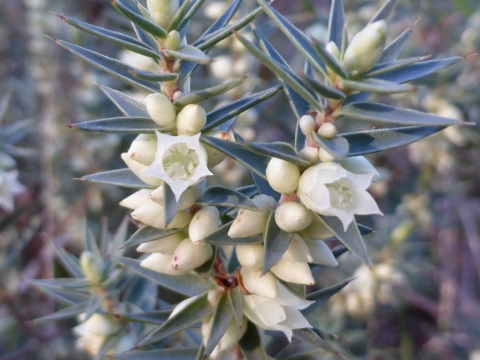I’ve just written a few lectures for a first year ecology unit on history and philosophy of ecology. I remembered my own undergrad education, dominated by the male European history of science, and didn’t want to repeat that history. Ecology is so much more that!
Modern science is founded on western philosophy, so it’s understandable that European science gets most of the attention. But despite what most of us learned at school, scientists aren’t all male and there were many non-European scientists that contributed to the development of modern scientific knowledge.
Most importantly, Indigenous people’s knowledge is tied to place, and we often ignore the wealth of knowledge about ecological interactions and processes that Indigenous cultures hold, as well as the respectful environmental interaction (management) that is embedded in country and culture.
This is a list of some good resources that I found useful to highlight an inclusive history of the development of ecological science, at an introductory level. There are more nuanced details, but these resources simply highlight the important fact that science has developed from diverse minds, not just a select few white guys. Some of those famous guys deserve the credit, others don’t so much.
Continue reading

